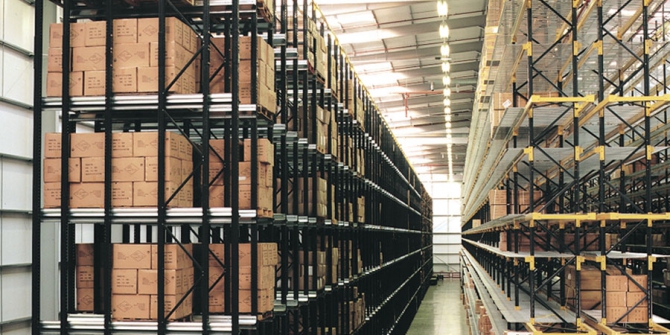Working at height is one of the biggest causes of fatal accidents in the workplace. In the UK alone, falling from height accounted for almost a third of fatal injuries to workers. The construction industry alone accounts for 59% of fatal injuries working at height. Many of these deaths could have been avoided through the implementation of proper training and appropriate equipment. The Work at Height Regulations 2005 place a duty on the employer to ensure that work at height is properly planned, appropriately supervised and carried out in a manner that is as safe as practically possible.
Businesses with operations that involve working at height should take into account these life-saving considerations in order to minimise the risk of fall, injury or even death.
Carry out a risk assessment
A risk assessment should be carried out before any work at height is undertaken. The assessment should include the measures you are taking to ensure that people are not at risk of falling from height, and that the area has been properly guarded in order to protect members of the public who may be also at risk.
Take precautions
Working at height can include all manner of activities, from changing a light bulb to working from high-roofed buildings. If there is a risk of a fall from some distance off the ground, then it is classified as working at height. This includes:
· Working on a ladder or flat roof
· Could fall through a fragile surface
· Could fall into an opening in a floor or a hole in the ground
Precautions must therefore be taken to minimise the distance and consequences of a fall, by using appropriate equipment, and identifying potential hazards around the workplace and/or the area you are intending to work.
Know your machine
When deciding what equipment to use, think about what the job involves (loading, re-positioning, drilling or lifting) and ensure equipment is suitable, stable and strong enough for the job.
All equipment such as ladders, cherry pickers and mobile elevated platforms need to be in good condition, and regularly checked as part of the risk assessment.
Consider public safety
When working on a public site, you have a legal duty to ensure the public is safe from falling objects, and that the scaffolding and ladders are secure. Make sure the machine operator has sufficient visibility, and use barricades, cones and warning signs on the ground where possible.
Competent person
You should make sure that the person working at height has sufficient skills, knowledge and experience to perform the task working at height. This also means providing full training on how to use the equipment and appropriate emergency procedures.
Supervised working
Those who work at height need to be supervised by a competent person on the ground who can respond in the event of an emergency. This includes informing co-workers of the length of time a worker is anticipated to be working at height so that the worker is fully accountable and safety can be effectively monitored.
Have a rescue plan
Plan how you would rescue workers in the event of a fall, or in situations where a machine can’t be lowered for reasons such as malfunction, illness or injury. All those working at height should be given a lone worker alarm that can be easily activated in the event of a threat or emergency.
Article by Mathew Colley of LONEALERT, the UK’s provider of lone worker protection solutions, offering a range of lone worker alarms, man-down devices and solutions to protect staff who work remotely, alone or are vulnerable.

